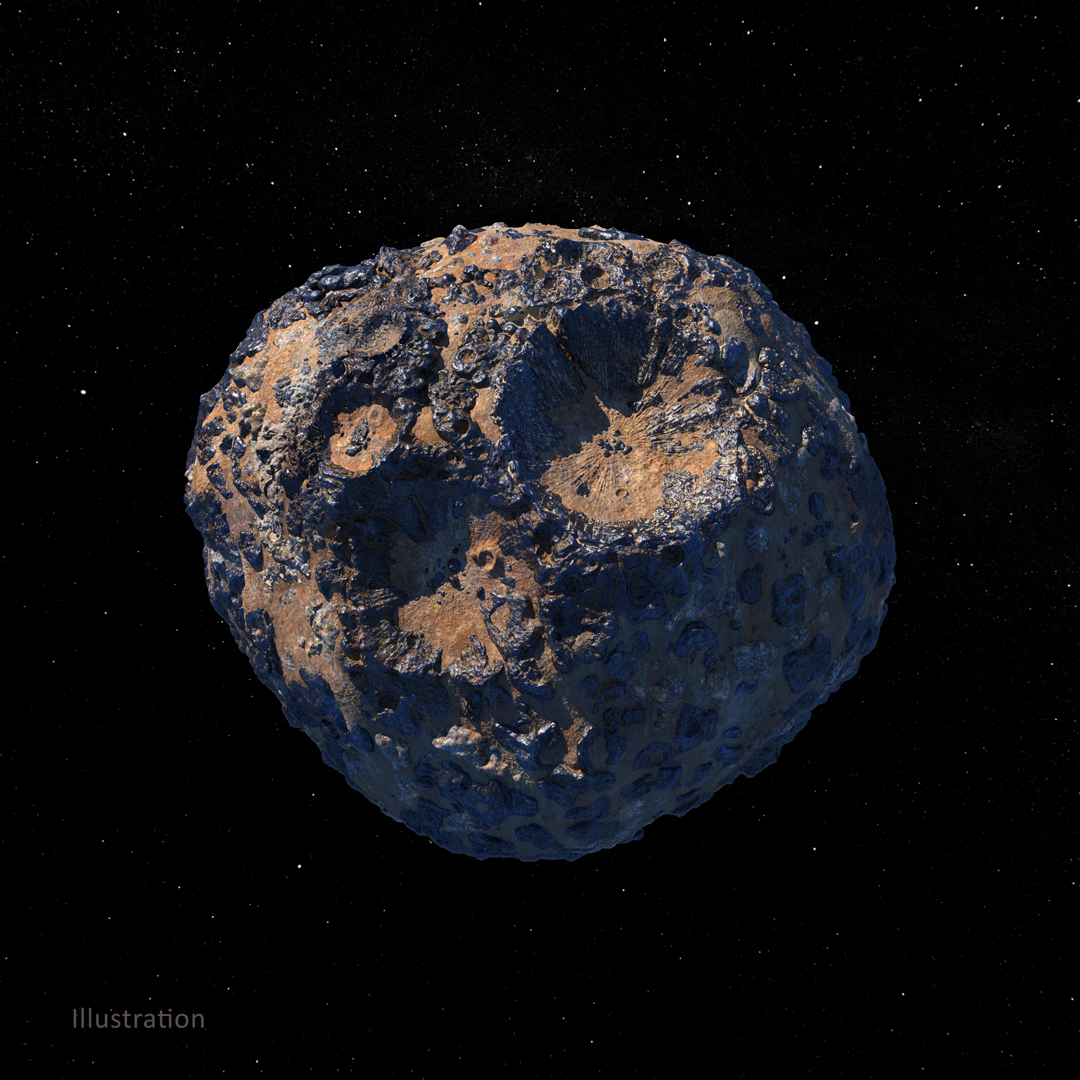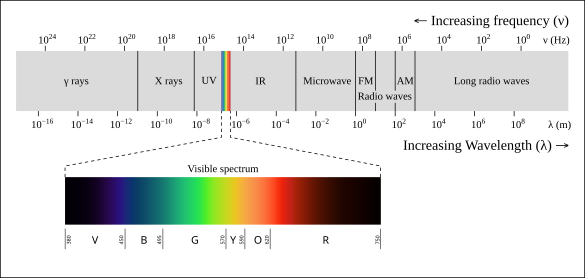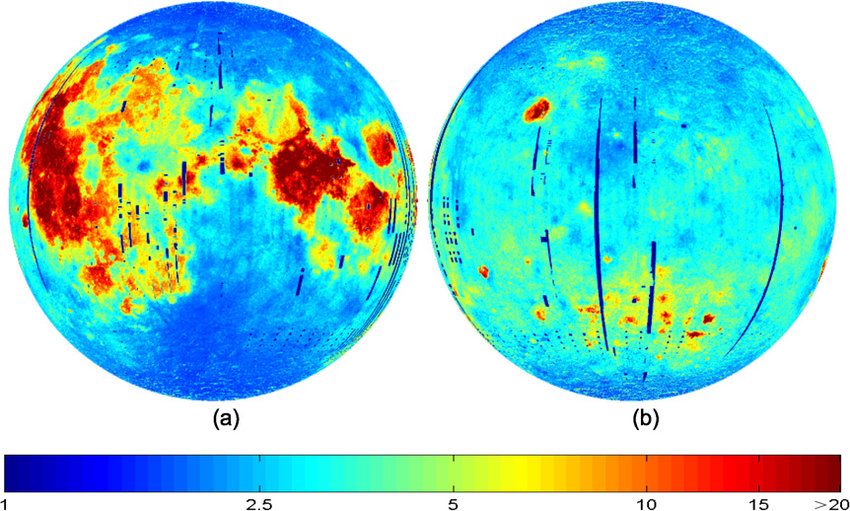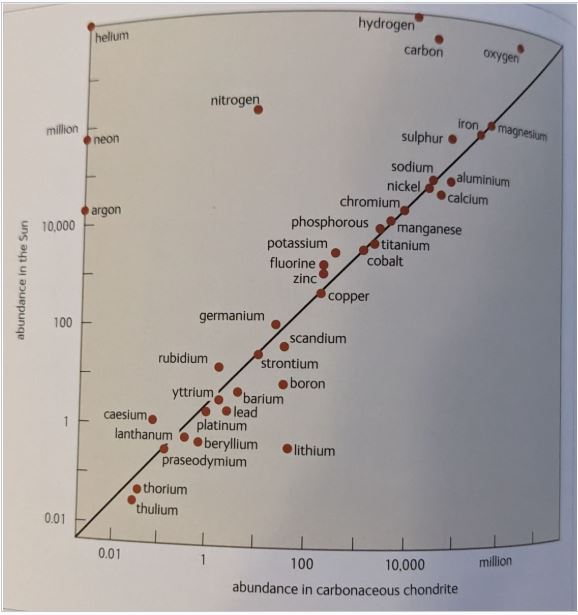What type of celestial objects should we mine and why?
Grade 7
Presentation
No video provided
Problem
I want to find out what the best celestial object to mine is. If we mine in space, there is no pollution and enviromental defects on the Earth for us. Many abundant resources in space are rare on Earth. Space mining is a great solution to mining pollution on Earth. There also was a talk about a rare earth minerals deal a couple months ago by the USA and Ukraine. This shows how important these minerals are. They are rare/hard to get on earth.
Method
I will research using reliable books and trustworthy websites. My parents will also provide support and tips.
Trustworthy Websites:
- It is clear and concise about us (and the website is generally clear and straightforward).
- Not Wikipedia (Anyone can edit).
- Most well-known websites are trustworthy.
- Government websites are trustworthy.
Research
What is the best celestial object to mine?
INTRODUCTION:
Introduction:A couple months ago, Ukraine and the USA were talking about a rare earth mineral deal. This shows how important rare Earth minerals are to the human civilization and the government. Minerals are non-renewable and we are slowly running out. This is where space mining comes in. There are many resources in space that can be used to our advantage. The government could invest in space mining and they would earn money. But the first question is, what celestial object should we mine?
My project is: What is the best celestial object we should mine?
What are celestial objects? A celestial object is anything that is naturally made in outer space, such as asteroids, comets, nebula, etc. The ones that we will be talking about have resources/materials on them (platinum, palladium, lithium, etc). These celestial objects are asteroids, moons, and planets.

Figure 1. An image of the so-called “golden asteroid”, because of its riches (materials). It is worth $100 quadrillion.
Purpose: This is an important topic to research because we need to find a way to solve mining pollution. If we start mining in space, a great deal of pollution that could be avoided. Deforestation and habitat loss could also be steered clear of. Contamination of our water and food would decrease. Mining in space also allows us to get rarer resources that are running out on Earth (helium-3, platinum, iridium, osmium and palladium) that is common in space. I think space mining is one of the best solutions to mining pollution. To do this though, we need to find a good celestial object to mine.
Hypothesis: I think that the best celestial object to mine is asteroids. There are many asteroids that are near the Earth (Near Earth Asteroids, NEA). Asteroids also have many rare metals on them. It would be the best for these reasons.
RESEARCH:
How do we know what materials are in celestial objects: Scientists know how there are materials on celestial objects by using a technique called spectroscopy. Spectroscopy works by showing scientists what wavelengths different types of molecules absorb. A wavelength is the distance between a crest and the next nearest crest. The next step in spectroscopy is to see if there is a strong absorption of that specific wavelength.
E.g.: To see if water is on an celestial object, we check if infrared wavelengths are missing from our spectroscopy image; water absorbs infrared wavelengths.

Figure 2. A wave

Figure 3. A light scale; different molecules absorb different wavelengths.
What planets should we mine: We should not mine planets because they are more expensive (they are farther away) and require more resources. Asteroids and the Moon are a better starting place because they are cheaper (they are closer to us). When we can, after we earn some money mining asteroids and have made small outposts on the asteroids and Moon, we can use them to slowly get to Mercury which is very mineral-rich. Mercury and the Moon have large supplies of lithium, which we could use for electric cars on Earth.
What materials can we find in space: Helium-3: This is an isotope if helium. It can be used for nuclear fusion tests. It can also be used as a very strong cooling agent to cool supercomputers or other tech down to very low temperatures to make them work more efficiently.
Platinum: Platinum can be used in cars and manufacturing. It is a very rare metal on Earth but can be found on asteroids.
Palladium: Palladium is used in battery cells and a catalyst in cars to make the gases less toxic. It is also used in jewellery.
Rare Earth Metals: Rare Earth Metals are used in many devices. Most rechargeable batteries use rare earth metals.
Water (A small product that we can get while we are at the asteroids): Water can be used to help our water crisis and to give undeveloped countries.
Disatvantage of planet mining: Planets are very far away and require months to get to. The profit of going to planets might be overcome by the cost of getting there with all the materials. Planet mining should only be done when we have better technology (ie. having more efficient rockets that can make us go further faster).
What planets should we mine: We should not mine planets because they are more expensive (they are farther away) and require more resources. Asteroids and the Moon are a better starting place because they are cheaper to get to (they are closer to us). Planets are far and have less materials than asteroids and the moon. The costs don’t add up.
Disadvantages of moon mining:
What resources would the moon have: The Moon would have lots of Helium-3, which is very rare on Earth. One gram is worth ≅$30,000. People/machines could go there and mine it. The Moon could be our first place to mine and get an outpost to go to other planets. We could also find silicon, Rare Earth Metals, palladium, nickel etc inside the Moon. Rare Earth metals are highly abundant on the Moon. There is no oxygen there, so the metals can not react and disappear (making more abundant than on Earth). These resources and others are on the Moon. We can launch rockets with people or machines to the Moon to mine it.

Figure 4. An image of the concentration of Helium-3 on the Moon, a) is the visible side of the moon, b) is the reverse side.
What is an asteroid: Asteroids are remnants that were left over from the formation of the solar system. They vary largely in size. Asteroids revolve around the sun. There are 3 different types of asteroids: S-types (Stony asteroids), M-types (Metallic asteroids), and C-types (Carbonaceous asteroids). C-type asteroids are the most common. They are dark and have carbon and water-ice. S-types are the second most common type of asteroid. They contain stony materials like nickel-iron and magnesium. The last major group of asteroids is the M-types. M-types asteroids are very rich in nickel, iron and other metals. Water gold and platinum us also present on some asteroids.
Figure 5. An image of a typical asteroid
Disatvantages of asteroid mining: Although asteroid mining could get us a lot of money in from platinum and other rare metals, there is a large risk in this process. Asteroids are far away from us and thus require better technology than what we have now. The start-up costs are very high. Profits requires a lot of time. Governments cannot safely invest in this without losing money at the start. We would also need self sufficient technology that could run without humans. I think that asteroid mining would be economically feasible in the near future.
Why should we mine asteroids? We can mine asteroids because they contain many materials, such as nickel and iron. Most asteroids also have water, which we could give to places with low water supply. Many asteroids contain rare metals, such as platinum, gold, and silver. We could use rockets (then small rockets using electric boosters for more energy efficiency) to get there.
What type of asteroids do we mine? The best asteroids to mine are M-type (Metallic type asteroids). S-types (stony types) are OK because they have iron and nickel. The last type of asteroids are C-type asteroids (Chondrite asteroids). They have a similar composition as the S-types. We should also mine near-earth asteroids (NEA) because they are closer to us, which can save fuel and money when going there.
Figure 6: This is a chart that shows the compositions of the sun compared to carbonaceous asteroids
CONCLUSION:
Findings:
Conclusion:
Future Research:
Acknowledgements:
Data
Asteroids: Asteroids are close to us and have many rare resources such as platnium and rare earth metals that are used in our technology (phones, computers, etc). The distance to these asteroids is not that far and quite feasible to get to them.
Moon: The moon has helium-3 which is worth a lot. Helium 3 is used for nuclear reaction tests and is ver ver rare on Earth. Each gram is worth approx. $30000.
Planets: Planets have some materials on them and others like Mercury have lots of metals. The drawback to them is that they are far away. Asteroids are the better option for getting thses materials.
Conclusion
CONCLUSION:
In conclusion, out of the celestial objects I researched, asteroids are the best one to mine. This is because they have the most metals are rare earth metals which we need right now for our technology. Mining the moon would be second best because of its distance and the helium-3 that is present on it. Lastly, mining planets is not an economically feasible option because of its distance and the amount of materials on it. It would be easier to get the materials from the asteroids or the moon.
Citations
Resources:
Smith, C., Russel, S., & Almeida, A. (2009). Meteorites: The story of our solar system. Firefly Books.
Sharp, T. (2017, December 11). What is Mars Made Of? | Composition of Planet Mars. SPACE.COM. https://www.space.com/16895-what-is-mars-made-of.html
Yarlagadda, S. (2022, April 8). Economics of the Stars: The Future of Asteroid Mining and the Global Economy. Harvard International Review. https://hir.harvard.edu/economics-of-the-stars/
Howells, K. (2024, June 18). What are asteroids made of?. The Planetary Society.
https://www.planetary.org/articles/what-are-asteroids-made-of#:~:text=M%2Dtype%20asteroids,from%20the%20Sun%20they%20formed.
NASA. (n.d.). What are asteroids made of?.
https://science.nasa.gov/solar-system/asteroids/facts/
NASA. (n.d.). Asteroid Psyche.
https://science.nasa.gov/solar-system/asteroids/16-psyche/
Alexander, C. M.O'D. (2013, August 6). chondrite. Encyclopedia Britannica. https://www.britannica.com/science/chondrite
Choi, Charles., & Dobrijevic, Daisy. (2023, May 23). The moon: Everything you need to know about Earth's companion. SPACE.com.
https://www.space.com/55-earths-Moon-formation-composition-and-orbit.html#:~:text=T
NASA. (n.d.). Moon Composition.
https://science.nasa.gov/Moon/composition/
Kurzgesagt - In a Nutshell. (2020, August 16). Unlimited Resources From Space - Asteroid Mining. [Video]. Youtube.
https://www.youtube.com/watch?v=y8XvQNt26KI
Stanley, S., & Wenz, J. (2023). What’s Hidden Inside Planets?. JHU Press.
Bonsor, K. (2024, Feb 27). How Asteroid Mining Will Work. howstuffworks.
https://science.howstuffworks.com/asteroid-mining.htm#:~:text=Astronomers%20use%20telescopic%20spectroscopy%2C%20which,also%20exist%20on%20some%20asteroids.
MIT. (n.d). Asteroid Mining.
https://web.mit.edu/12.000/www/m2016/finalwebsite/solutions/asteroids.html
Lewis, S. J. (1997). Mining in the Sky. Open Library. https://archive.org/details/miningskyuntoldr00lewi/page/30/mode/2up?view=theater
Wave. (n.d.). [Photograph]. Byjus. Retrieved: Feb 12, 2025, from https://byjus.com/physics/waves/
David, L. (2025, January 23). Interlune plans to gather scarce lunar Helium-3 for quantum computing on Earth. SPACENEWS. https://spacenews.com/interlune-plans-to-gather-scarce-lunar-helium-3-for-quantum-computing-on-earth/#:~:text=Interlune%20is%20sharply%20focused%20near,key%20demand%20generator%20for%20us.%E2%80%9D
Fa, W. (n.d.). Global distribution of 3 he abundance (ppb) for lunar surface: (a)... | download scientific diagram. Global distribution of 3 He abundance (ppb) for lunar surface: (a) nearside, (b) farside. https://www.researchgate.net/figure/Global-distribution-of-3-He-abundance-ppb-for-lunar-surface-a-nearside-b-farside_fig5_227194157
Chen, J. (2022, July 22). What Is Palladium, Its Uses, How to Invest in the Metal. Investopia. https://www.investopedia.com/terms/p/palladium.asp#:~:text=What%20Is%20Palladium%20Used%20for,automobiles%20into%20less%20harmful%20substances.
Ladimeji, K. (2024, February 22). The Rarest Of Elements. Oxford Open Learning. https://www.ool.co.uk/blog/the-rarest-of-elements/#:~:text=According%20to%20the%20Natural%20History,parts%20per%20million%20by%20weight!
Balaram, V. (n.d). Rare earth elements: A review of applications, occurrence, exploration, analysis, recycling, and environmental impact https://www.sciencedirect.com/science/article/pii/S1674987119300258#:~:text=Rare%20earth%20elements%20(REE)%20include,light%20bulbs%20and%20wind%20turbines.
Abdurasulov, A., & Plummer R. (2025, March 4). What minerals does Ukraine have and what are they used for? BBC News. https://www.bbc.com/news/articles/c20le8jn282o
https://geology.com/articles/rare-earth-elements/#uses
https://read.amazon.ca/sample/B018OJD95Q?f=1&r=d3553fb0&sid=138-4373382-4148334&rid=&cid=A1T2P39P1D32U1&clientId=kfw&l=en_CA&asin=B018OJD95Q&revisionId=d3553fb0&format=1&depth=1
https://science.nasa.gov/solar-system/asteroids/243-ida/
Grammarly for spell-checking
Acknowledgement
Thank you to my Dad (Khoa Nguyen) for checking my slides and my Mom (Van Nguyen) for social support.


